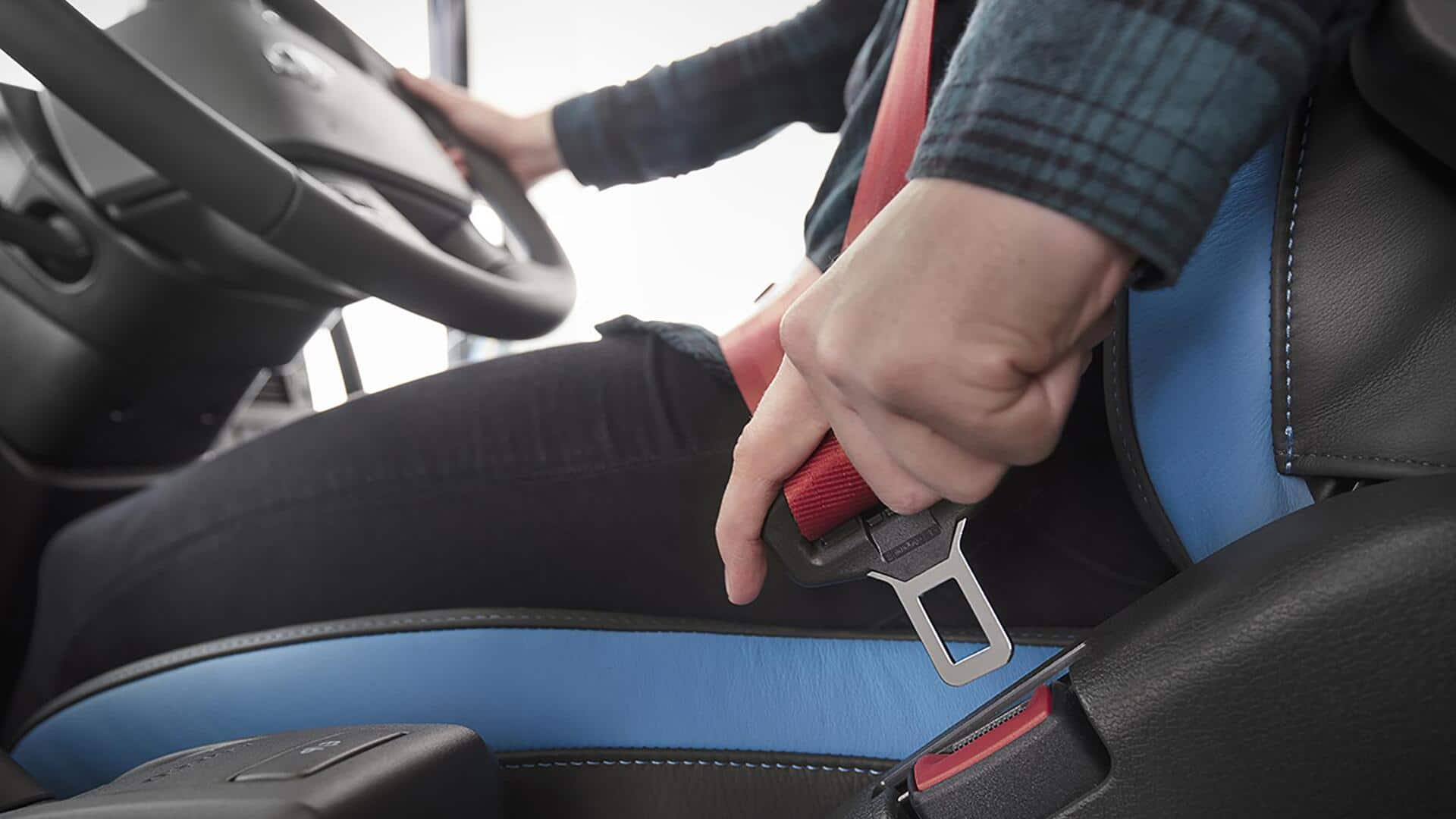
Volvo's new seatbelt knows your body—and adjusts to protect you
What's the story
Volvo, the Swedish automaker known for its safety innovations, has unveiled a revolutionary "multi-adaptive safety belt." The new seatbelt technology uses real-time data from vehicle sensors to provide enhanced protection for passengers. The development comes as part of Volvo's continued efforts to improve automotive safety standards and leverage modern technology in their vehicles. The new multi-adaptive safety belt will make its debut in the Volvo EX60, a mid-sized electric SUV set to launch next year.
Technological advancement
Why the need for a new safety belt?
Despite Volvo's groundbreaking patent of the three-point safety belt in the early 1960s, seatbelt technology has remained largely unchanged over the decades. However, with the advent of advanced driver-assist systems and anti-crash tech, cars now come equipped with sensors, cameras, and powerful computers. Volvo is now looking to leverage these technologies for improving seatbelt safety through its new multi-adaptive safety belt system.
Working mechanism
Expanded load profiles enable precise force application during collisions
The new safety belt from Volvo expands load-limiting profiles from three to 11, giving it more settings to adapt its performance according to specific situations and individuals. It uses sensor data to adjust seatbelts based on a person's height, weight, body shape, and seating position. This way, a larger occupant gets a higher belt load setting in case of an accident while a smaller person gets lower belt load setting in milder crashes.
Crash response
Seatbelts can be improved over time through software updates
In the event of a crash, Volvo's safety systems will share sensor data like direction, speed, and passenger posture with the multi-adaptive seatbelts. This information will help determine how much force to apply to the occupant's body. The company also promises that these seatbelts can be improved over time through over-the-air software updates.